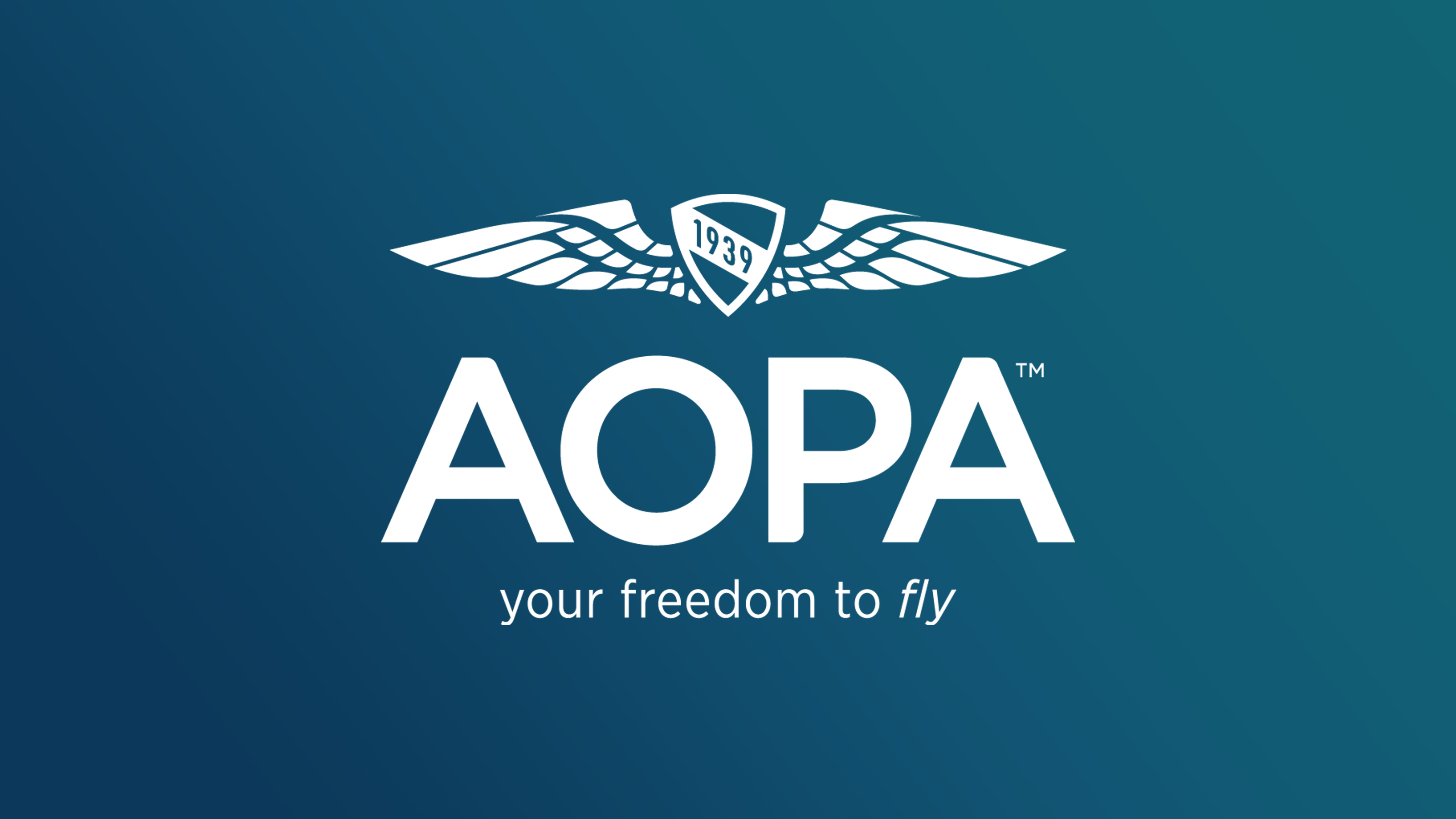LATEST NEWS
- Advocacy
- Aircraft
- Airport
- Airspace News
- AOPA
- Aviation Industry
-
Aviation Organizations
- Aircraft Electronics Association
- Experimental Aircraft Association
- General Aviation Manufacturers Association
- Helicopter Association International
- National Business Aviation Association
- Organization of Black Aerospace Professionals
- Recreational Aviation Foundation
- The Ninety-Nines
- Women in Aviation International
- Career
- Events
- FAA Information and Services
- Financing
- Gear
- Insurance
- Ownership
- People
- Pilot Health and Medical
- Power and Fuel
- Technology
-
Training and Safety
- Accident
- Advanced Training
- Aerobatics
- Aeromedical
- Aeronautical Decision Making
- Aircraft Systems
- Backcountry
- Collision Avoidance
- Communication
- Currency
- Density Altitude
- Emergency
- CFI
- Flight Planning
- Situational Awareness
- Fuel Management
- Icing and Cold Weather Ops
- IFR
- LOC and Low Alt Flying
- Mountain Flying
- Navigation
- Night Flying
- Runway Safety
- Safety Culture
- Scholarship
- STOL
- Takeoffs and Landings
- Technique
- Thunderstorms and Turbulence
- VFR into IMC
- Weather
- Travel
